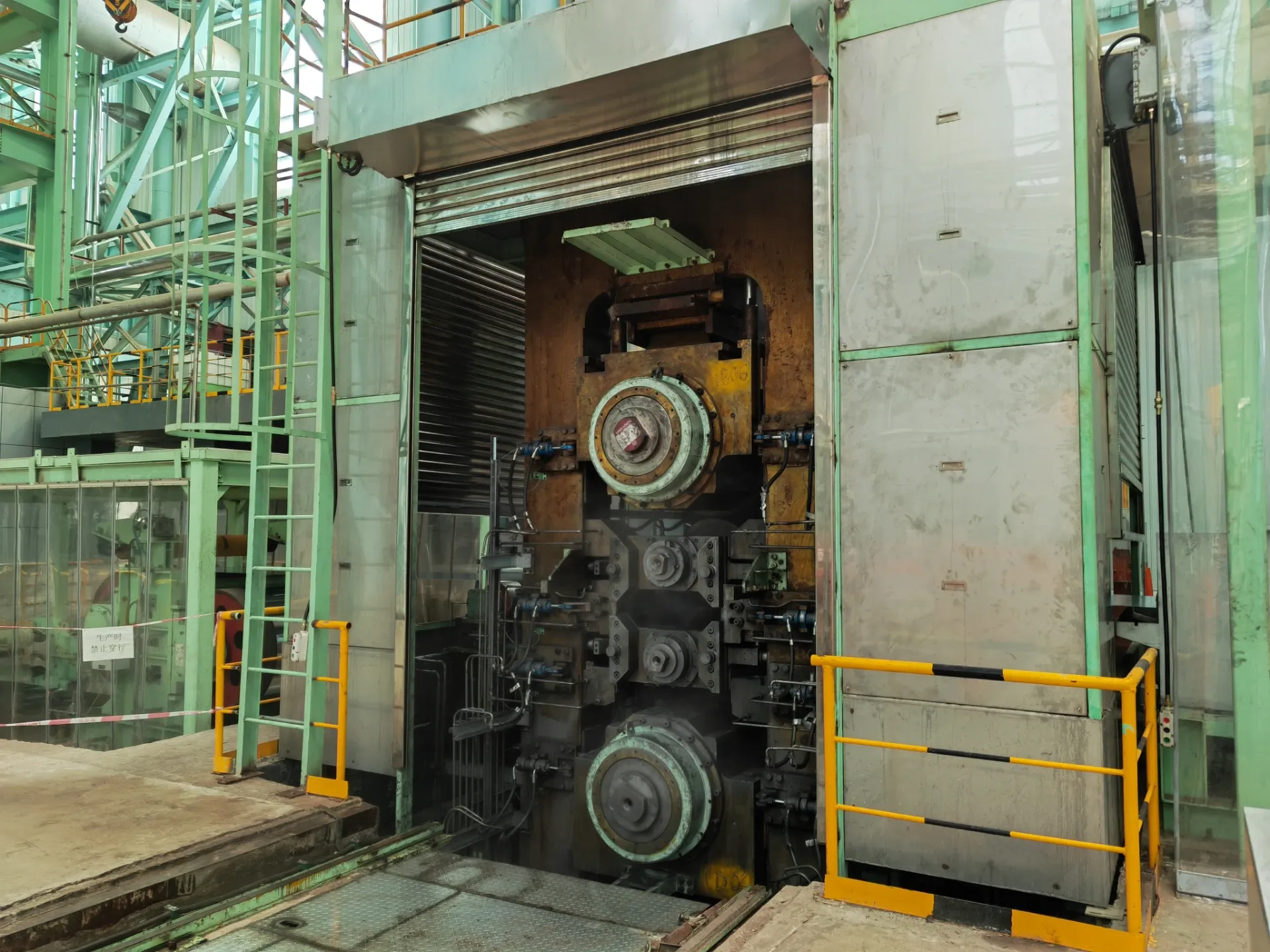
Hot Rolling Mill: Key Features and Manufacturing Insights
The hot rolling mill is a crucial piece of industrial equipment used in metal processing, enabling the transformation of raw metal into sheets, strips, or structural profiles. This process involves heating the metal above its recrystallization temperature and passing it through rollers to achieve the desired shape and thickness. Manufacturers specializing in hot strip mills and hot rolling machines offer advanced technology to ensure high precision, efficiency, and durability in metal processing operations.

Hot Rolling Mill and Its Manufacturing Process
A hot rolling mill consists of multiple stages, starting with reheating the raw material—often in the form of slabs, billets, or blooms—before it enters the rolling stands. These rolling stands apply tremendous pressure to reduce the material's thickness and enhance its mechanical properties. The process enhances the metal’s ductility while refining its grain structure, making it ideal for applications in the automotive, construction, and aerospace industries. Hot rolling press technology ensures uniform compression and minimizes defects such as porosity and inclusions.
Modern hot rolling mills are designed with automation and real-time monitoring systems, improving efficiency and reducing operational errors. Manufacturers focus on producing advanced hot rolling mill equipment with features such as automatic gauge control, precise temperature monitoring, and optimized cooling systems to enhance product quality.
Key Features of Hot Rolling Machines
The hot rolling machine plays a crucial role in shaping metal with precision. Unlike cold rolling, hot rolling enables significant deformation with minimal force, making it suitable for large-scale production. These machines operate at extremely high temperatures, typically ranging between 900°C and 1,300°C, depending on the material being processed.
One of the significant advantages of hot rolling mill equipment is its ability to produce metal with a smooth and uniform surface finish. Additionally, manufacturers integrate energy-efficient systems to reduce fuel consumption and carbon emissions, aligning with modern sustainability standards. Hot rolling presses are designed with high-capacity rollers, ensuring consistent deformation and excellent material properties.
Hot Rolling Mill Price and Market Trends
The cost of a hot rolling mill varies significantly based on factors such as production capacity, automation level, and technological advancements. Entry-level models are relatively affordable, while high-end hot rolling machines with integrated smart control systems command a premium price. The hot rolling mill price is also influenced by the type of metal processed, as mills designed for high-strength alloys require specialized components and engineering.
As global demand for steel and aluminum continues to grow, manufacturers are focusing on innovation to enhance productivity and reduce downtime. Many hot strip mill manufacturers now offer modular solutions that allow for easy expansion and customization based on production needs. These advancements are making hot rolling mills more efficient and cost-effective for industrial-scale production.
Choosing the Right Hot Rolling Mill Manufacturer
Selecting a reputable hot strip mill manufacturer is essential for ensuring product quality and operational efficiency. Leading manufacturers provide comprehensive support, including equipment installation, maintenance services, and process optimization. Companies investing in high-performance hot rolling machines benefit from reduced material waste, enhanced precision, and improved product consistency.
The industry is also witnessing the rise of eco-friendly hot rolling mill equipment, integrating advanced cooling systems and heat recovery technologies. These innovations not only reduce energy consumption but also minimize environmental impact, making hot rolling mills a sustainable choice for modern metal processing industries.
With continuous advancements in automation, material science, and energy efficiency, the future of hot rolling mill technology promises even greater productivity and precision. Businesses looking to invest in high-performance hot rolling machines should consider factors such as equipment durability, production capacity, and long-term cost efficiency to maximize their returns.
-
Indian Clients Visit YWLX to Inspect Skin-pass MillNewsJun.22,2025
-
Typical Products from Reversing Cold Rolling ProcessNewsMay.26,2025
-
Surface Finish Improvement through Skin Pass RollingNewsMay.26,2025
-
Integration of AGC Systems in Modern Cold Rolling MillsNewsMay.26,2025
-
Cold Rolling in the Context of High-Strength Steel DemandNewsMay.26,2025
-
AGC in Hot Rolling Mills: Challenges and SolutionsNewsMay.26,2025
-
Why Reversing Cold Rolling Mills Are Ideal for Specialty MetalsNewsMay.13,2025










